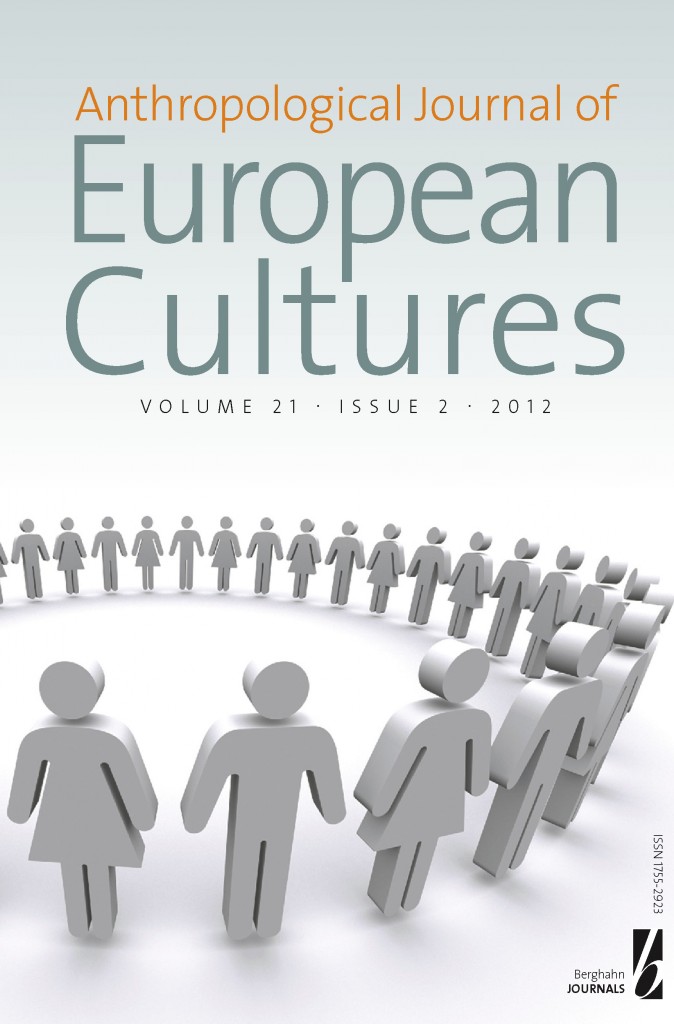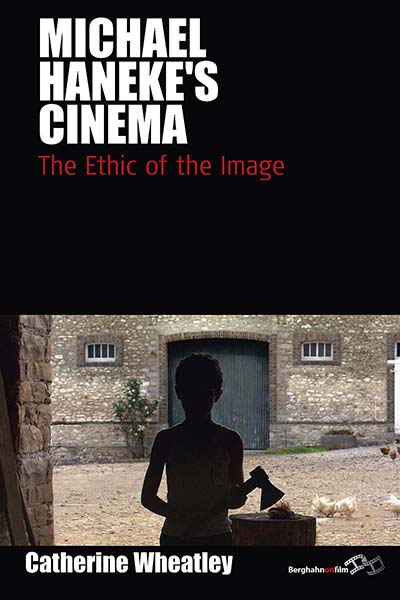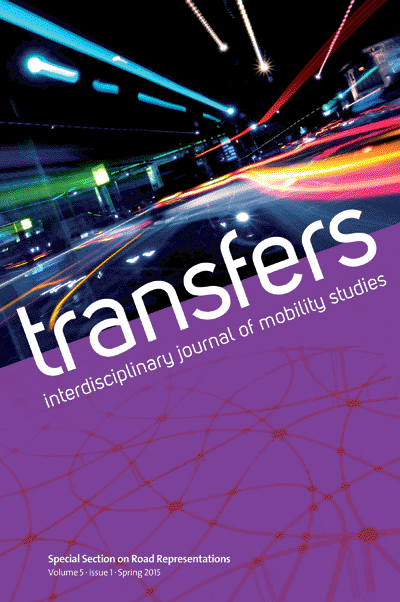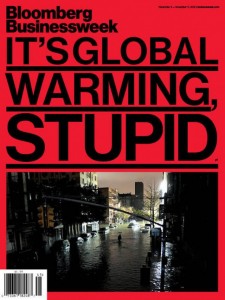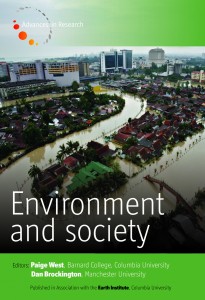New journal releases from Berghahn:




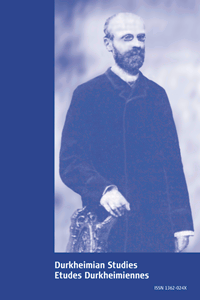
Environment and Society: Advances in Research
Volume 3, Number 1, 2012
The six papers in this issue attempt to clearly describe the contemporary relationship between capitalism and the environment by reviewing five distinct and important literatures in the social sciences.
Anthropological Journal of European Cultures
Volume 21, Number 2, Autumn 2012
Celebrating and reflecting on 21 years of AJEC, with a Thematic Focus on “Europeanist Anthropology Beyond and Between”, as well as articles on Slovenia, Portugal, and Catalonia.
Cambridge Anthropology
Volume 30, Number 2, Autumn 2012
Including a special section on “Internal Others: Ethnographies of Naturalism”, with articles on a range of concrete empirical cases – from an international team of climate researchers working in Amazonia, to keepers in a Catalunyan chimpanzee sanctuary; from British ecologists studying earthworms, to behavioural scientists working in the Kalahari, and Guatemalan cooking schools specializing in Western style and taste.
Critical Survey
Volume 24, Number 3, Winter 2012
With articles on the ‘double-body of the sign’, the political engagement with modernity in Thomas Chatterton’s works, commemorating the 1916 Tercentenary of Shakespeare’s death, the history of the treadmill, and celebrity and politics in Gordon Burn’s Born Yesterday.
Durkheimian Studies
Volume 18, Number 1, Winter 2012
Featuring articles in English and French on the latest in Durkheimian scholarship, including Durkheim’s Lost Argument, Pragmatism and Sociology, ‘Dualism of Human Nature’, and understanding morality.
French Politics, Culture & Society
Volume 30, Number 3, Winter 2012
Special issue entitled “DOSSIER: The 2012 Elections in France”, also including an article on Franco-American cultures and a review essay on a film about Algerian independence.
Journal of Educational Media, Memory, and Society
Volume 4, Number 2, Summer 2012
Focusing on “Museums and the Educational Turn: History, Memory, Inclusivity”, this issue probes the claims of the new, purportedly inclusive and horizontal museologies, of catering for inclusive cultural citizenries and of empowering difference and encouraging empathy, in a variety of geographical and disciplinary settings.
Regions and Cohesion
Volume 2, Number 3, Winter 2012
With a special focus on the Arab Spring revolts and past uprisings, including articles on the history of revolts in the Middle East, perceptions of Arab revolts, the Syrian revolution, and the Israeli-Palestinian conflict.
Sartre Studies International
Volume 18, Number 2, Winter 2012
Featuring a theme section on Sartre and Theater, with articles on theatrical ambiguity, Sartre’s conception of theater, and the theatrical audience; also contains four short speeches by Sartre on the Peace Movement, and a piece about Sartre and Engels.
Social Analysis
Volume 56, Number 3, Winter 2012
Including articles on ‘Primitive Mentality’, Punu twin dancing, post-war Mostar, Bosnia, and Herzegovina, intergenerational relations, Agamben’s concept of ‘state of exception’, and the effect of geographic indication brands on jewelry production in Italy.


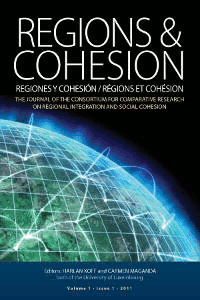



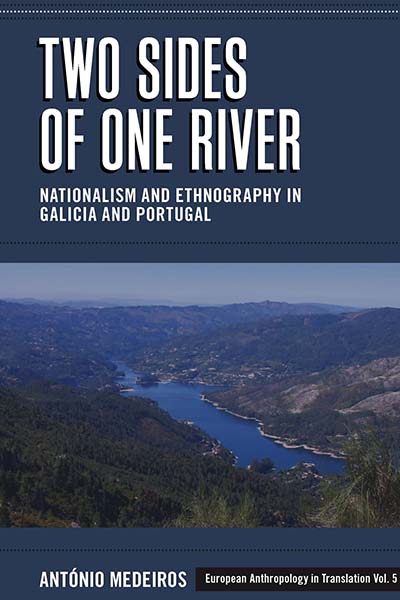 Berghahn has just released Two Sides of One River: Nationalism and Ethnography in Galicia and Portugal, an English translation by Martin Earl of the original Portuguese volume by António Medeiros. This book explores the historical intersections between nationalism and the emergence of ethnographic traditions in Portugal and Galicia, and plays this history against the author’s own ethnographic research in both places at the turn of the 20th century.
Berghahn has just released Two Sides of One River: Nationalism and Ethnography in Galicia and Portugal, an English translation by Martin Earl of the original Portuguese volume by António Medeiros. This book explores the historical intersections between nationalism and the emergence of ethnographic traditions in Portugal and Galicia, and plays this history against the author’s own ethnographic research in both places at the turn of the 20th century.









